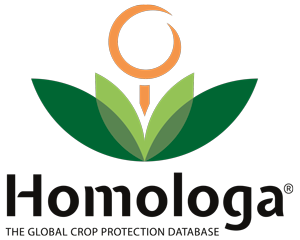
Crop grouping is a process in which individual crops with similar characteristics, such as botanical classification, morphology, growth habit, the portion of the commodity harvested and/or consumed, and cultural practices, are compiled into larger groups. Crop groups are usually defined by international regulators or national legal bodies and their main objectives are focused on setting scientific assessment and regulation standards.
Crop grouping processes are usually driven by scientific mechanisms which are defined following different criteria and purposes. Once established, they set the foundations for decision making in different areas: residue level definitions, law enforcement, scientific and technical (on the field) support, etc.
Currently, there are several internationally recognized crop group standards such as the EU crop group classification, and the IR-4 project. In addition, many countries have their own crop group standards such as Australia, Japan, China, or USA.
Having all these different standards, provides many advantages to all stakeholders working at the national or international level; rules and listings are clearly defined with detailed information. However, there is a major downside: the lack of global standardization of all these classifications. This issue directly affects potential comparisons in different markets, increasing the complexity of import/export processes for all agriculture commodities. This is especially crucial while comparing Maximum Residue Levels (MRLs) for the same crop or crop groups, in different countries.
In this context, Homologa stands out as an efficient and accurate tool which simplifies this global complexity derived from having different crop grouping standards. Homologa compiles and implements all of these classifications for both product registrations and MRLs.
Data is compiled in Homologa by country from different sources: mainly ministries and labels from industry for product registrations, and from any available official document for MRLs (for example the CODEX MRLs classification). All crops and crop groups are extracted afterwards and translated into codes according to Homologa’s internal dictionaries, in a process called “harmonization” (Click here to learn more about Homologa’s harmonization process). Once all crops and crop groups are harmonized, they are ready to be compared with other countries. Regarding crop groups, all necessary crop group specifications are included as well, following the existing legislation and/or standards. Finally, an extra process called “crop split” is performed during which a Homologa crop group is created allowing for global crop group comparisons. An example of this crop split process would be a label or an MRL standard mentioning “Cereals” in a given country. “Cereals” should include all cereals in that country but not all cereals globally. Therefore, a thorough analysis of all cereals available in that country is performed, extracting just those cereals available from the original source. Once that listing of cereals is completed, the crop group “Cereals” is then split into that specific list of cereals and just those cereals available in that country. This allows users to have the exact individual crops in each crop group mentioned in every country. These two processes allow Homologa to offer accurate information about crop groups and all its individual crops included in them for all countries available in the database.
All in all, crop grouping standards are a valuable tool when defining and specifying which individual crops should be included in them depending on particular characteristics. Unfortunately, these standards are not globally harmonized and in some cases are even contradictory. Homologa solves these discrepancies through its harmonization and crop split processes, transforming all original data sources into globally harmonized and directly comparable data.
Contact us if you want to know more about our crop grouping and crop split processes, and discover how Homologa can help you today!

